The Essential Blogging Practice You Should Be Doing (But probably aren’t)
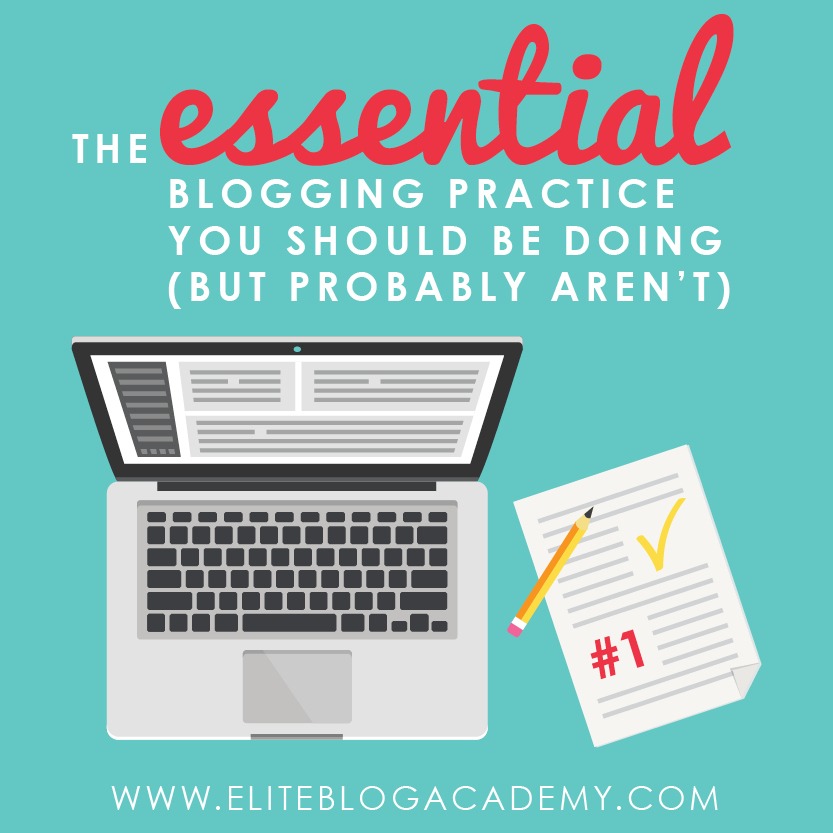
One of the most essential parts of blogging is creating high-quality content that your readers can relate to. Because let’s face it, your content- and how you’re able to create a message that draws people in and keeps them coming back for more- is what will make or break your blog.
Like most of us, you probably started blogging because you had a million ideas in your head. And, also like most of us, there comes a time where the ideas just stop popping up and creating content starts to feel like a chore, rather than exciting.
If you’re finding yourself hitting that oh-so-feared writer’s block, then you probably aren’t doing this one essential blogging practice; brainstorming.
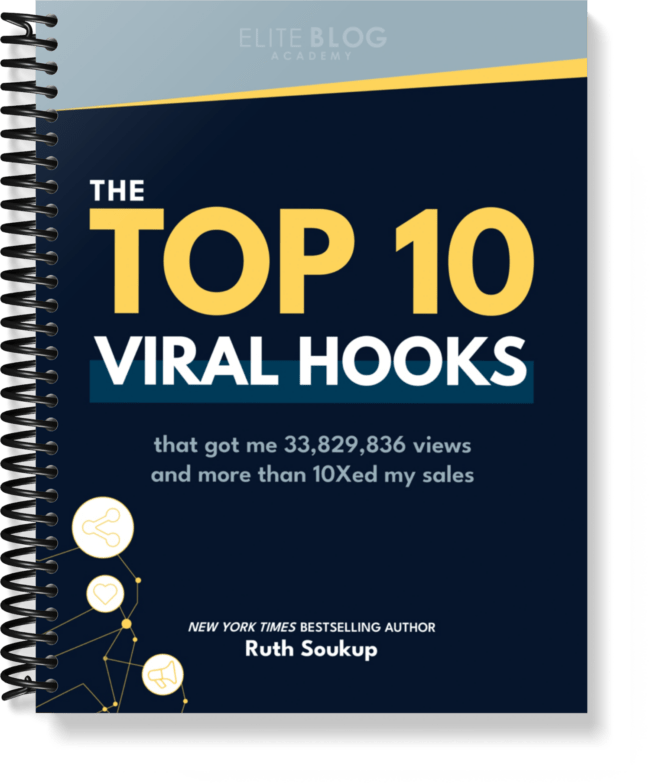
Are you ready for one sentence to change your business?
Using the right hook can do just that!
The truth is, an Instagram reel won’t change your business, at least not all on its own. But if you’re using the power of Instagram to drive leads into your business, using the right hook is vital for your success. Grab the exact hooks that have gone viral for my @ruthsoukup Instagram account again and again (and got me over 30 MILLION views and tens of thousands of new followers).
And the best part? It’s completely free! Just fill in your information below so I know where to send it.
Taking the time to set up intentional brainstorming sessions in your schedule on a regular basis will help ensure that you always have great content.
Once or twice a month, set aside time to brainstorm post ideas when you know you’ll have no interruptions. It is extremely important to have your brain alert and focused, so don’t schedule your brainstorming session at the end of a long day when you’re already exhausted. Ideas won’t flow and you will end up frustrated rather than inspired.
There’s no hard-and-fast rule for exactly what your brainstorming session should look like–other than you need to do it, and you need to do it regularly. But you should know that the more you brainstorm, the easier it will become and the better your blog will be for it. Even if it is hard for you at first, don’t give up. Keep practicing until the ideas start flowing.
Set the timer for 30 minutes, and in that time write down as many post ideas as you can think of. And most importantly, resist the urge to get down on yourself if your first few brainstorming sessions are a fail. That is completely NORMAL!
And if you’re really struggling for new ideas, these three simple strategies for more effective brainstorming will help get your creative juices flowing. And if you need some extra ideas, be sure to check out our free 120 blog post ideas.
3 SIMPLE STRATEGIES FOR MORE EFFECTIVE BRAINSTORMING
1. START AN INSPIRATION BINDER (OR BINDERS)
We’re huge fans of magazines and the thing we love most about them is that they remind us that just like with magazines, our audiences are more than willing to read about the same topics again and again, albeit with a slightly different spin each time.
We generally tear out anything that interests us—an article, a picture, a recipe—and collect it in a huge binder that we can then look through any time we are in need of new post ideas.
2. READ THE NEWS
There is nothing that gets the brain pumping faster than finding out the latest in world and national news. Even if your blog doesn’t focus on current events or politics, you can use those current topics and issues to come up with new post ideas that would be a good fit for your niche. It’s a good way to stay relevant while still creating evergreen content. Be sure, as you read, to also have a notebook handy to jot down any notes and ideas!
3. TRY A MIND MAP
For visual thinkers, mind mapping can be incredibly helpful. A mind map is more or less just a diagram that connects information around a central subject. To start, simply write down a keyword or topic that you want to write about in the center of the page (or, for those of you who are VERY visual, draw or print a picture representing a topic or subject you might want to write about).
Next, connect branches to your main image or word—perhaps words that spur more ideas, such as “What,” “Why,” “How,” etc., or simply words that fit with your category, such as your sub-categories. Use colored pencils or markers to fill in your words, as the colors will help spur your creativity even more. Keep connecting associated words until you have fully fleshed out your ideas.

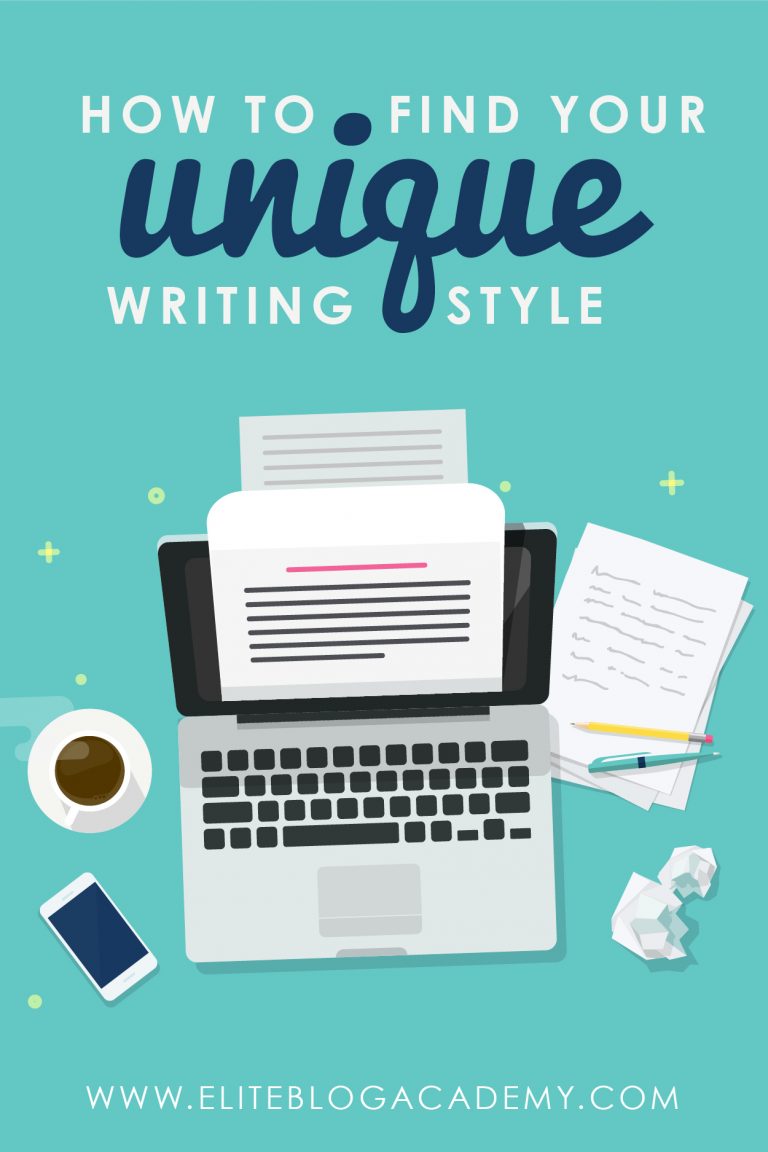
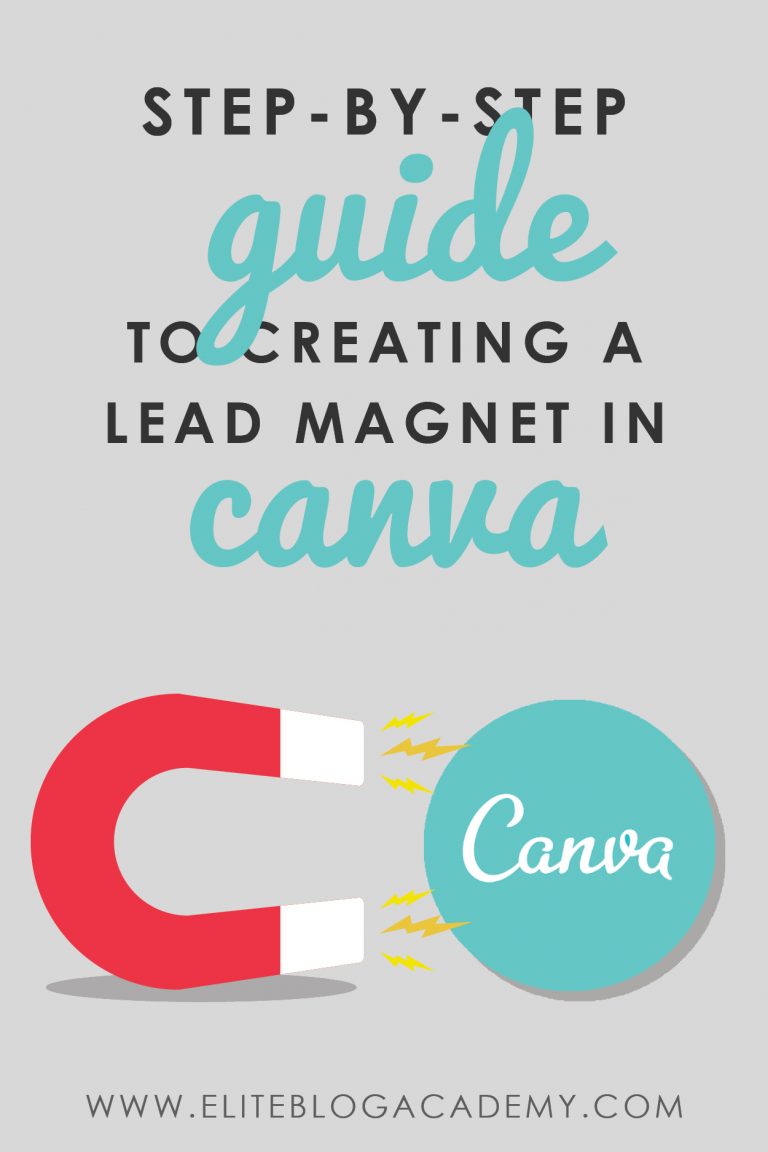
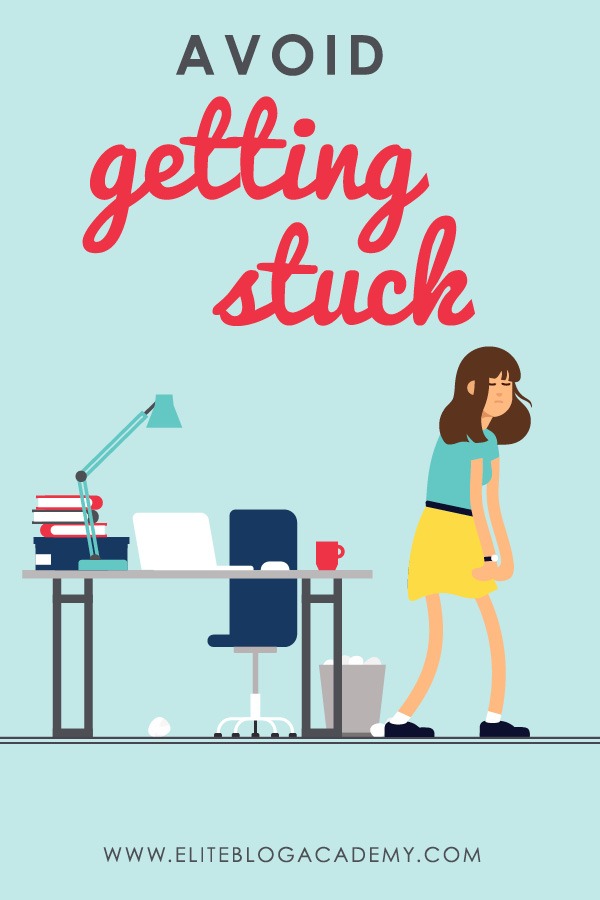
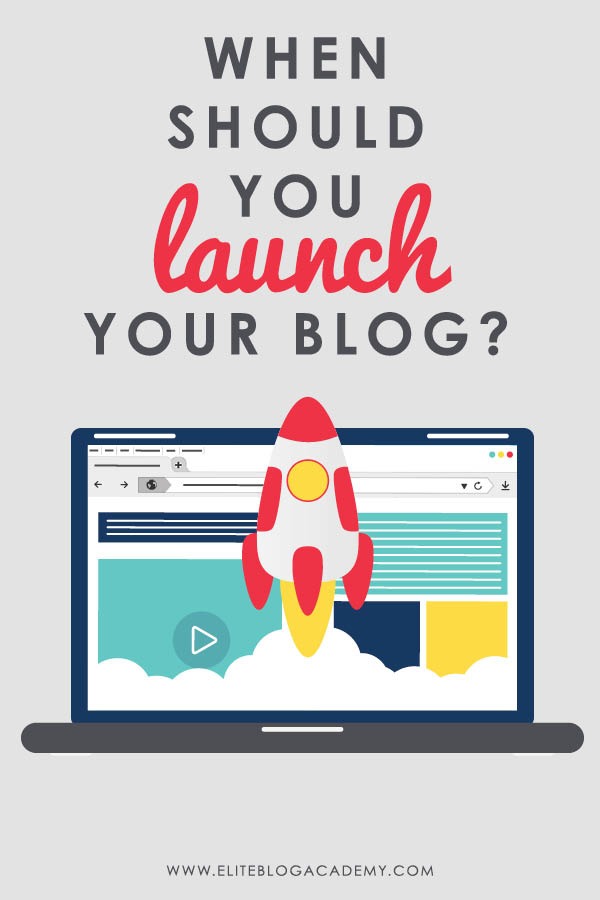


I LOVE Mind Maps! They are so simple and fun. Such a great tool. I love the binder idea too! I’m obsessed with magazines. Reading the news is a wonderful gift to give yourself. It is the best way to stay relevant.
Mind mapping is such a great tool, whether you use a small notepad or a huge piece of paper. Any time I get flustered or don’t know what to do next, a quick mind map can help me get my thoughts straight.
Green Pastures sounds like an interesting blog. I’ll look forward to seeing more of you when it goes live. No, I came to blogging via quite a varied path, but I do love Ruth’s blog posts and especially the podcast.
Thanks for your kind comments. I love writing and blogging has sure helped me improve and grow my skills. I love interviewing other people who are making a difference and following their dreams as well as telling stories of our own farming life.